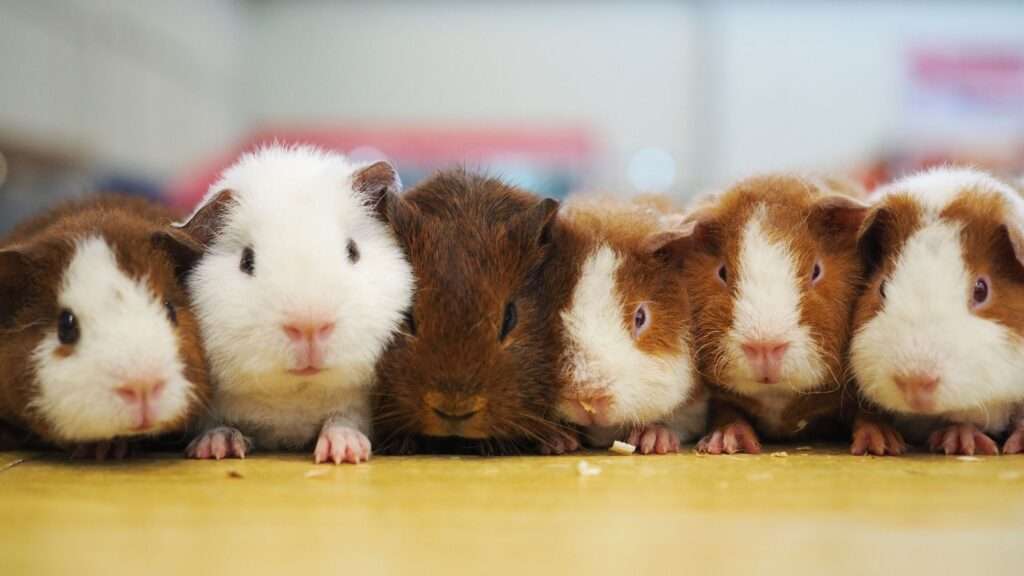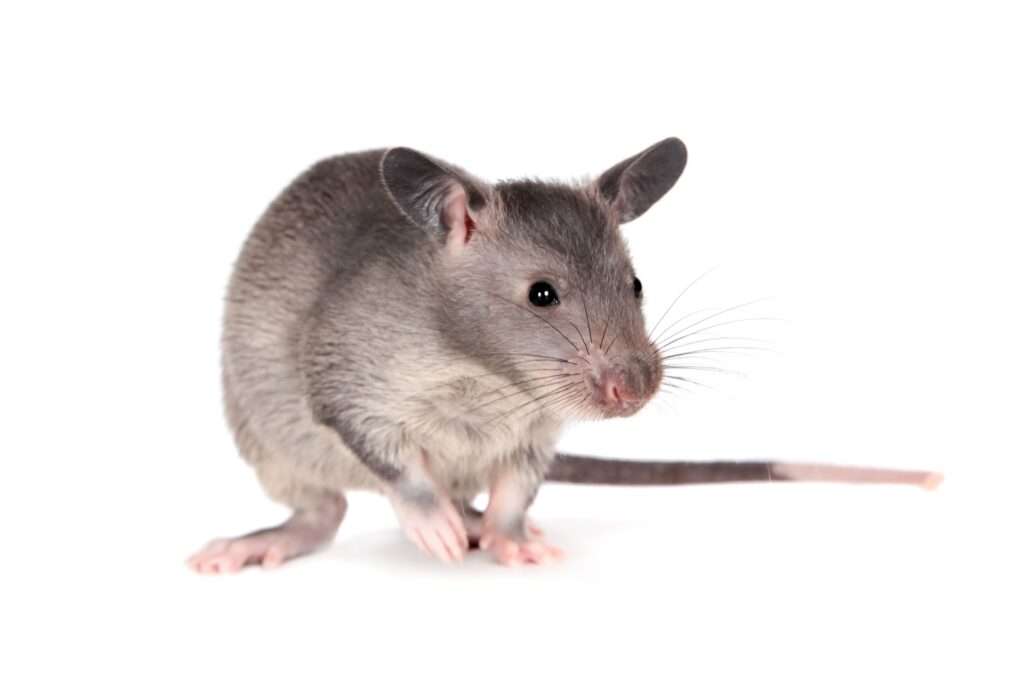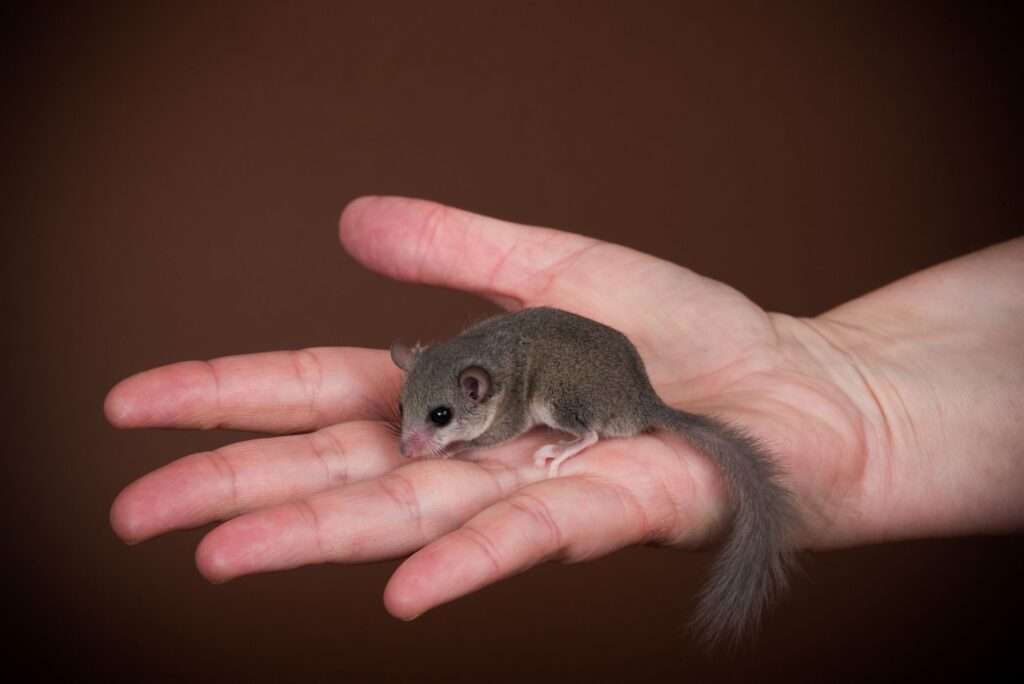
Guinea pigs are small creatures that evolved in South America’s Andes mountains. Despite their name, they are not native to Guinea, and they are not linked to nor resemble pigs. Guinea pigs, on the other hand, are small, stocky creatures with short limbs and relatively huge skulls.
Expected Life: 6-8 or sometimes it’s 10 years
Guinea as a Pet/ In Captivity
Guinea pigs can make wonderful pets, but there are a few things you should be aware of before adopting such a large commitment. Here are some things to think about before getting a guinea pig as a pet, ranging from the projected lifetime to the social character of guinea pigs.
Guinea Pigs Require a Long-Term Investment
A brown and white-haired guinea pig rests on the owner’s shoulder. A guinea pig may not live as long as a cat or dog, but they require a significant time commitment. Guinea pigs live for an average of five to seven years, maybe longer, so be prepared to provide long-term care.
Guinea Pigs are social animals.
Guinea pigs are very social animals which thrive in environments with other guinea pigs. Keep a same-sex couple to avoid having unwanted litters. Males and females can be maintained together without any problems. Be advised that due to animal personality variances, certain guinea pigs may not get along. The greatest technique to get a pair to bond is to introduce them as babies, though adults can typically be introduced with caution.
Behavior and temperament
Due to their sociable nature, it is advised to keep guinea pigs in same-sex couples or small groups in order to reduce loneliness and boredom. The better choice is a pair of females because two males can fight, especially if they aren’t neutered. . As they are vulnerable to harm, it is essential to keep your guinea pig away from other household pets, especially any predatory animals like dogs, cats, and ferrets. Although they initially may seem tense, they rarely bite.
More time may be required to care for guinea pigs than some people might anticipate for such a small animal. Plan to give your pet attention outside of its confinement for at least a few hours each day so that it can exercise and explore. Expect to spend time cleaning the enclosure at least once a week in addition to the regular feedings.
While guinea pigs may be timid or shy at first, they normally grow tame quite quickly with continuous careful handling. Children should be supervised when touching them, but they are unlikely to bite even when stressed.
Eat and Drink
As herbivores, guinea pigs consume vegetation. Every day, give your guinea pig as much Timothy hay as you like. You can just place this in the enclosure or use a hayrack, a specialized feeder. Just be certain that some is constantly accessible. This helps with digestion and wears down their constantly elongating teeth.
Choose a commercial pelleted meal created especially for guinea pigs to give your pet every day. Guinea pigs cannot produce vitamin C on their own, thus it should be added to the pellets. Training guinea pigs is frequently easy.

Housing
As big a cage as you can accommodate and afford is required for guinea pigs. The majority of guinea pig cages sold in pet stores are insufficiently sized. Remember that unless you can take your pet outside and keep an eye on it throughout most of the day, their cage is their primary place for exercise. A cage with a wire top and a plastic base that allows for optimum airflow is one of the better solutions.
A cage for one guinea pig should be at least 30 inches by 36 inches in size. Get a cage that is at least 30 inches by 50 inches in size for two guinea pigs. It’s acceptable to be about 18 inches tall. Given that guinea pigs typically don’t climb; the amount of floor area is more crucial than the height.
Exercise
For guinea pigs to help avoid obesity and other health issues, regular exercise is crucial. Playing with your guinea pig for a few hours each day in a safe location outside of the enclosure can help it gain both physical exercise and mental stimulation. Additionally, it can be advantageous to arrange the feeding and sleeping areas in the enclosure so that your guinea pig has to get up and walk about. Additionally, choosing an enclosure with a ramp-accessible second level (with a concrete floor, not wires) can promote exercise.
Purchasing/Pricing
If a seller does not house male and female guinea pigs separately, there is a possibility that you will bring home a pregnant female. On average, expect to spend between $10 to $40, though this can change depending on things like age and skin tone.
Table





